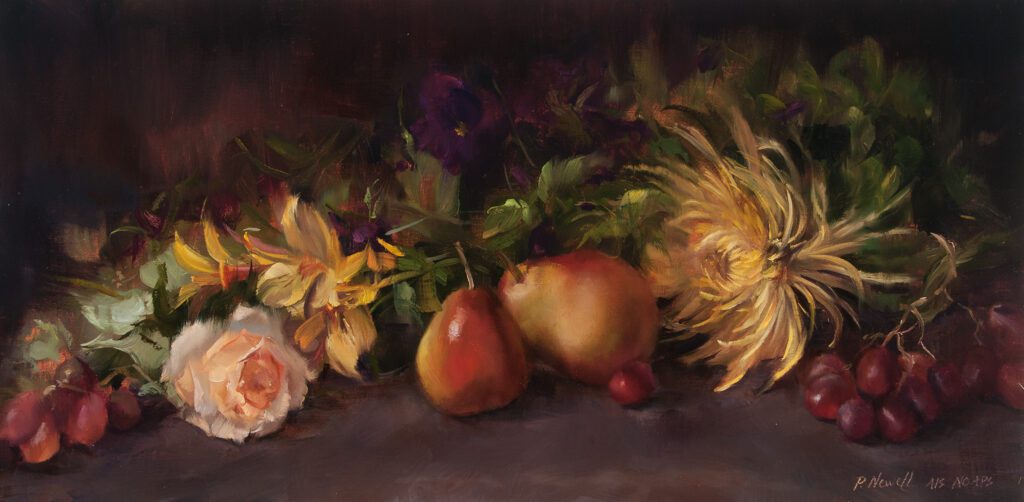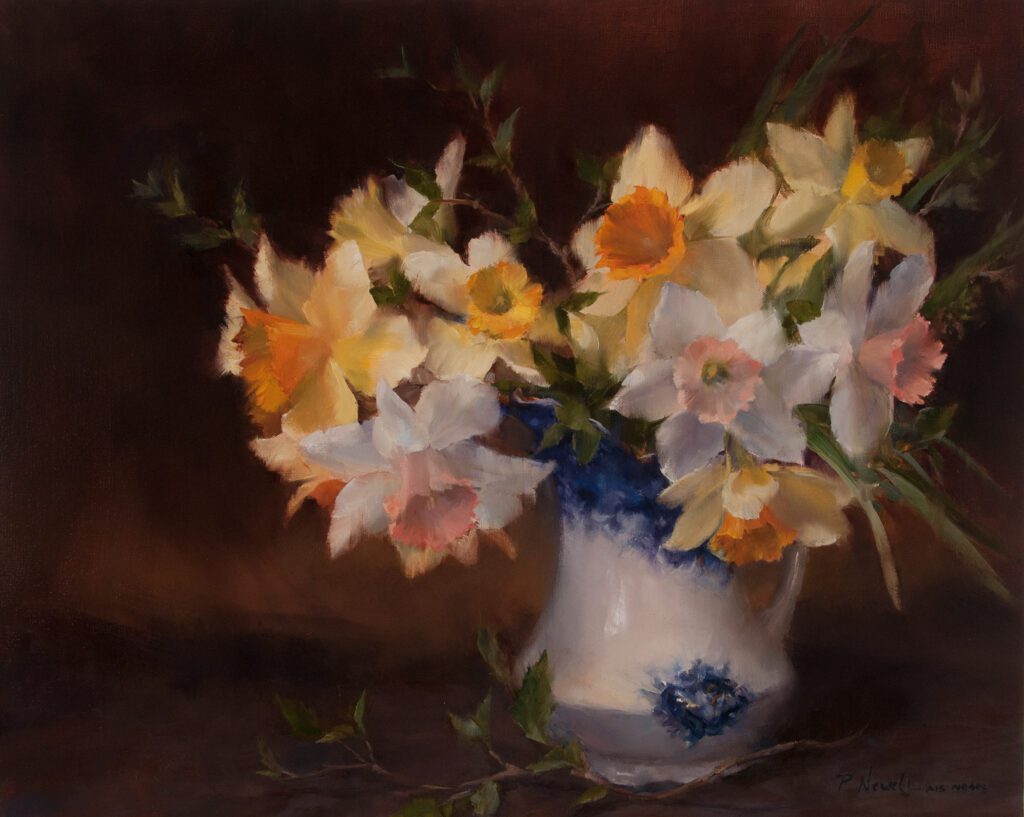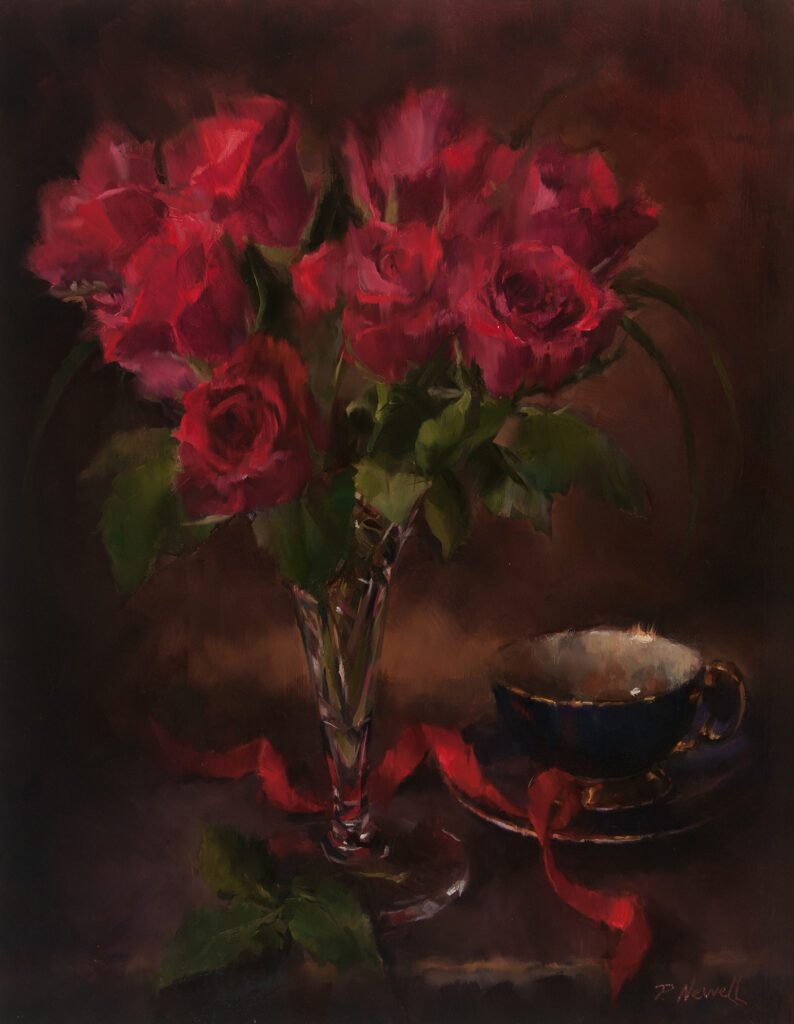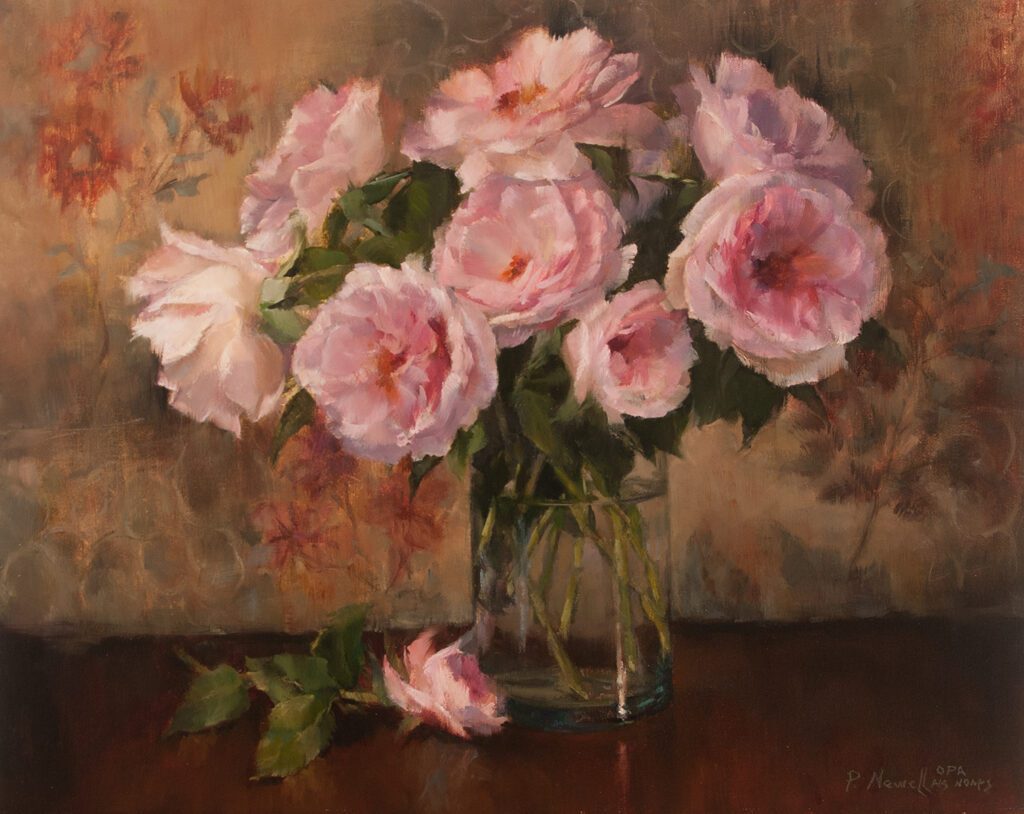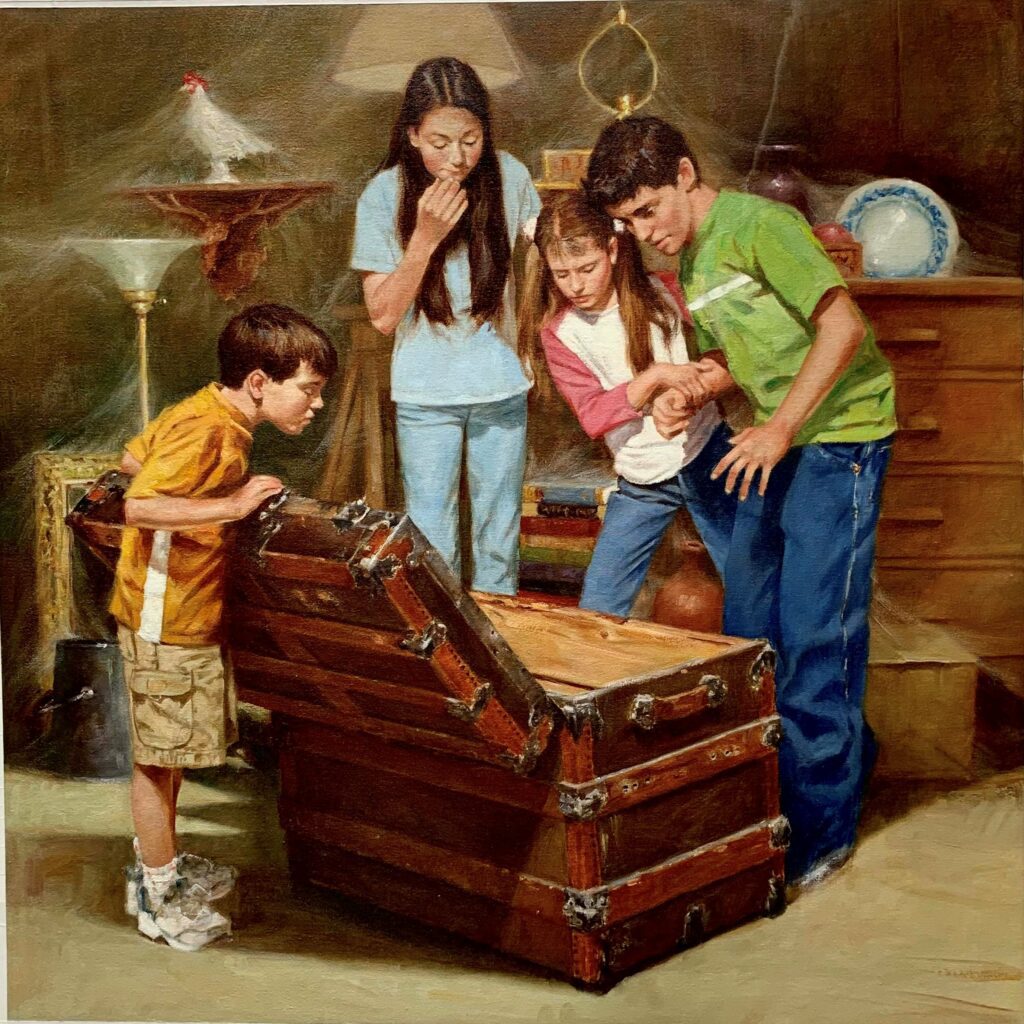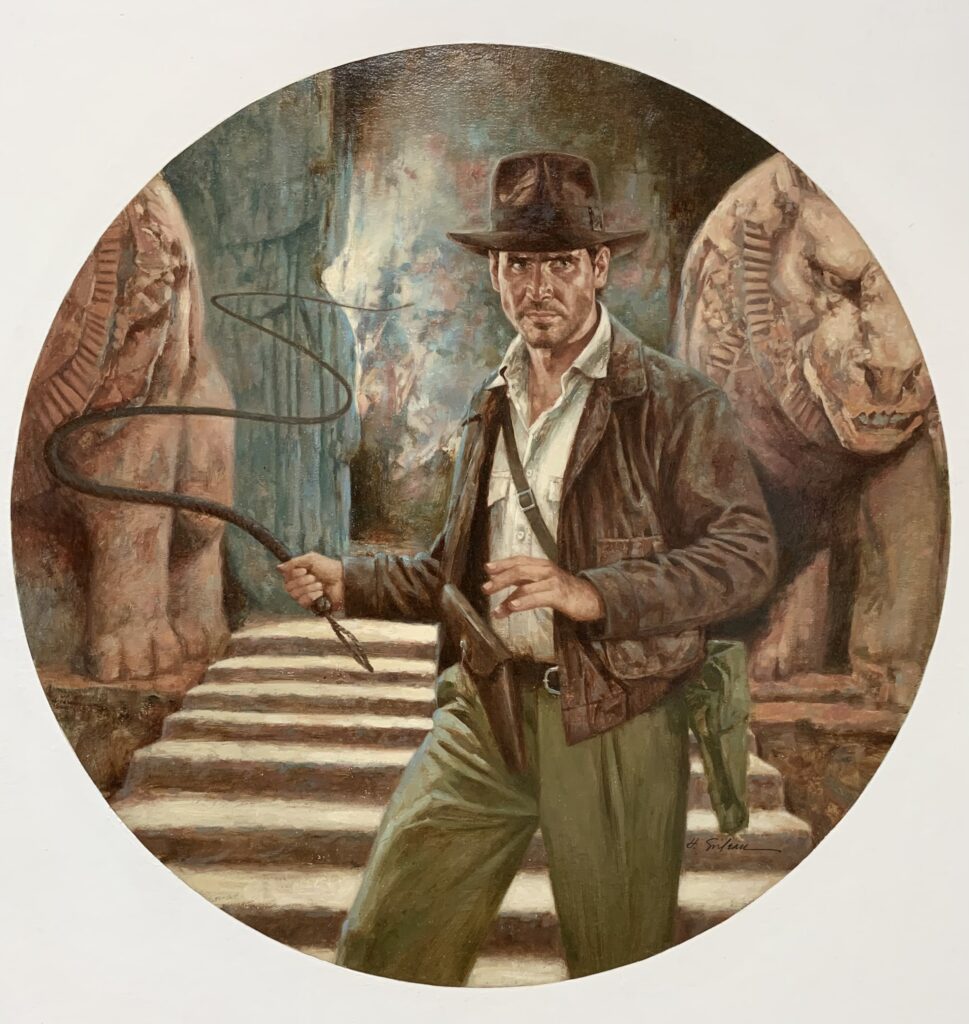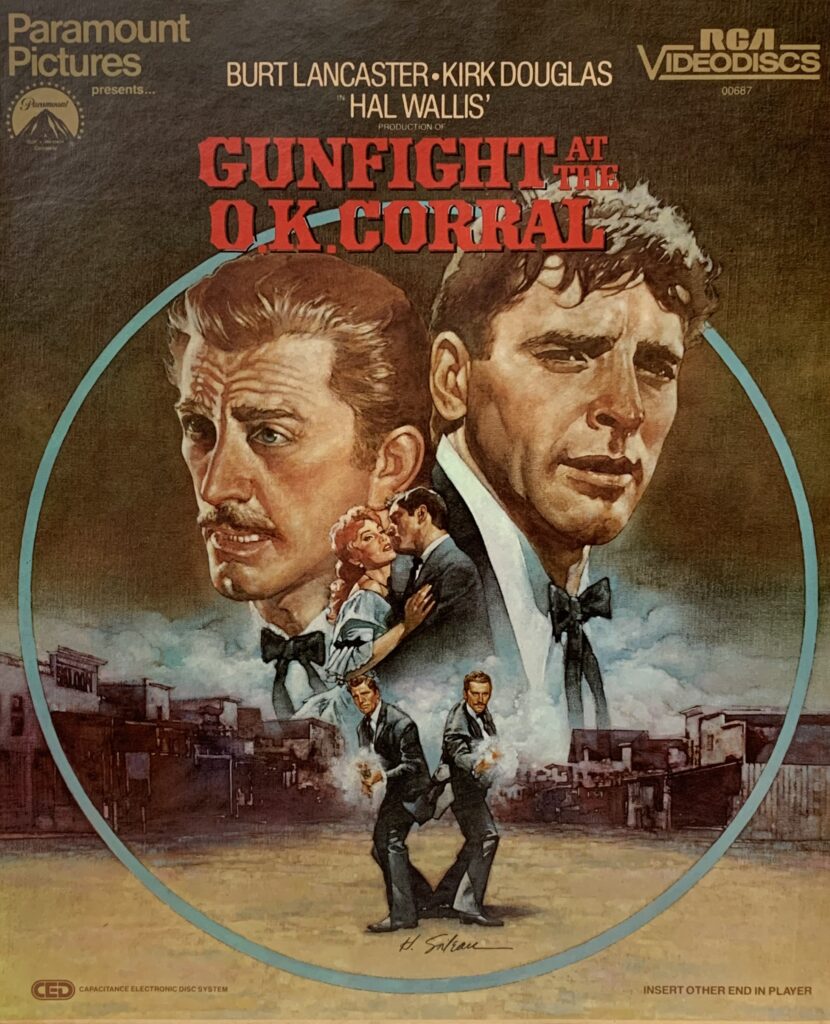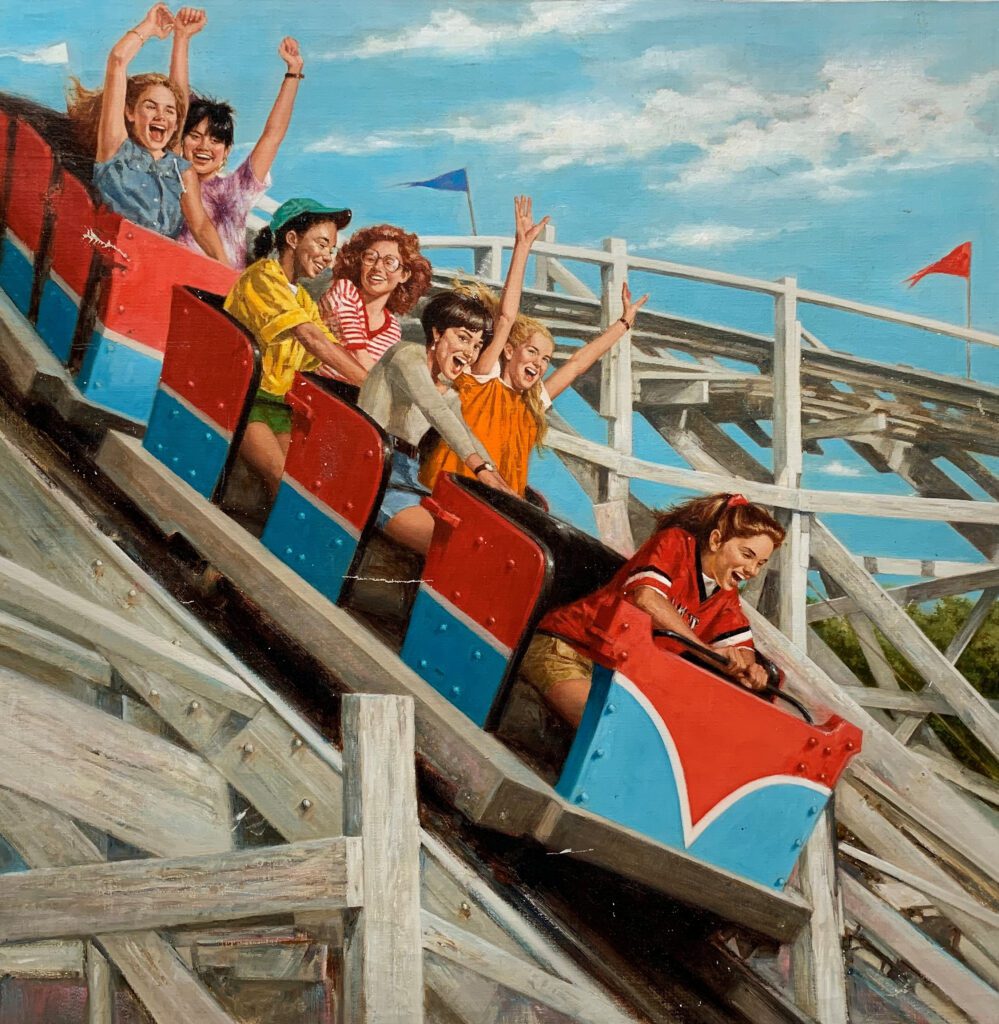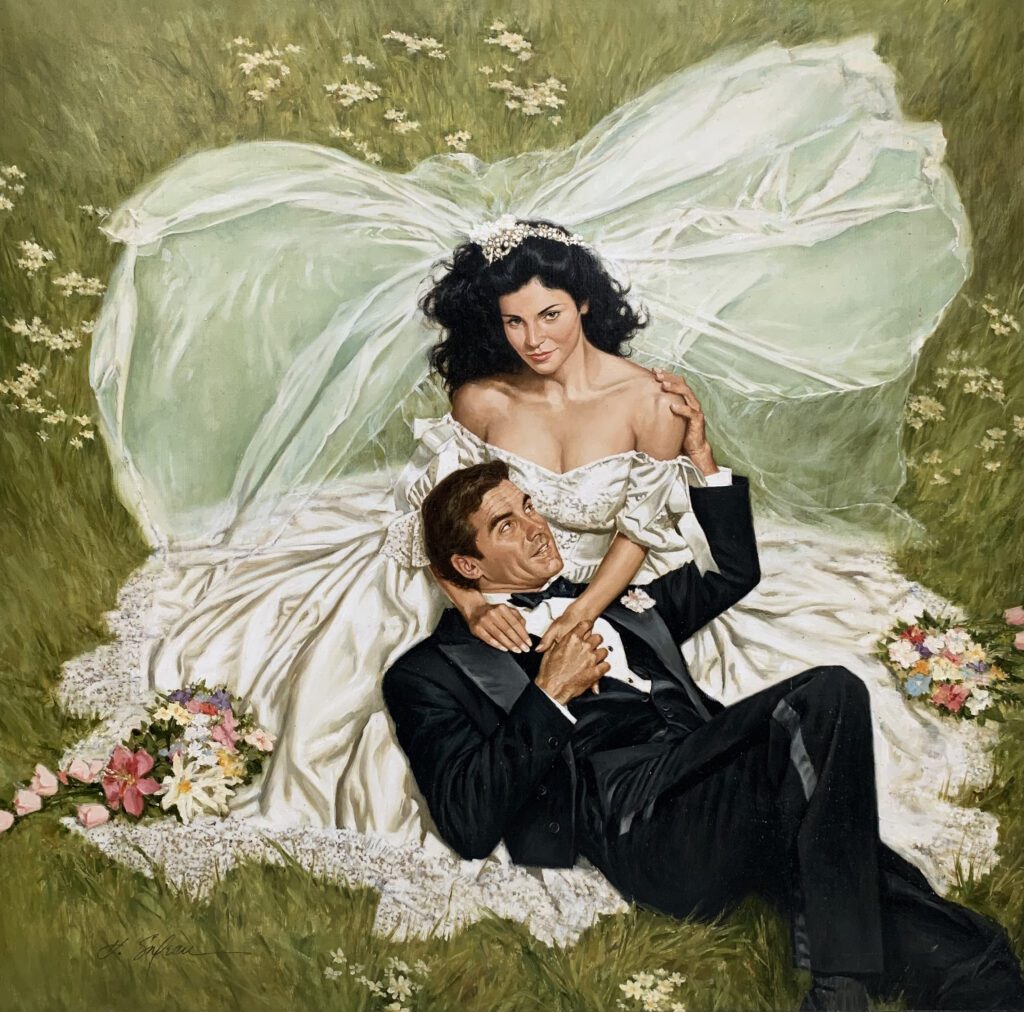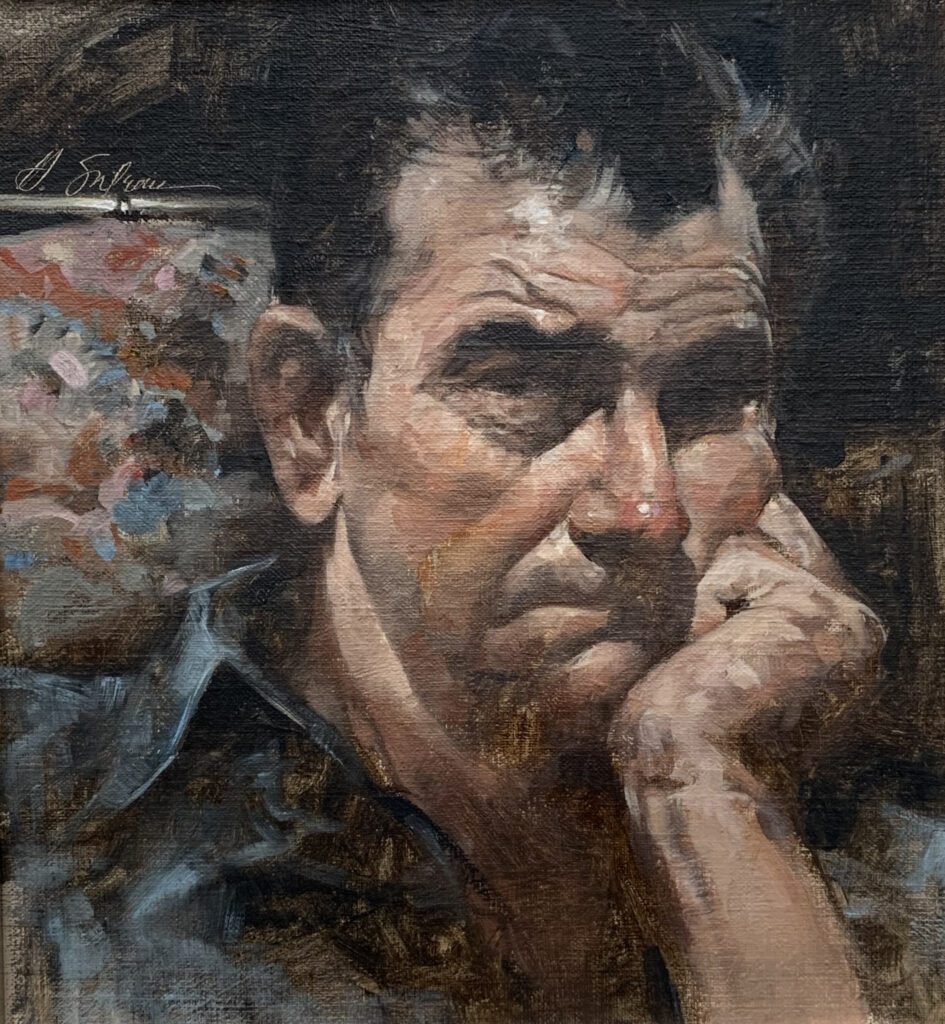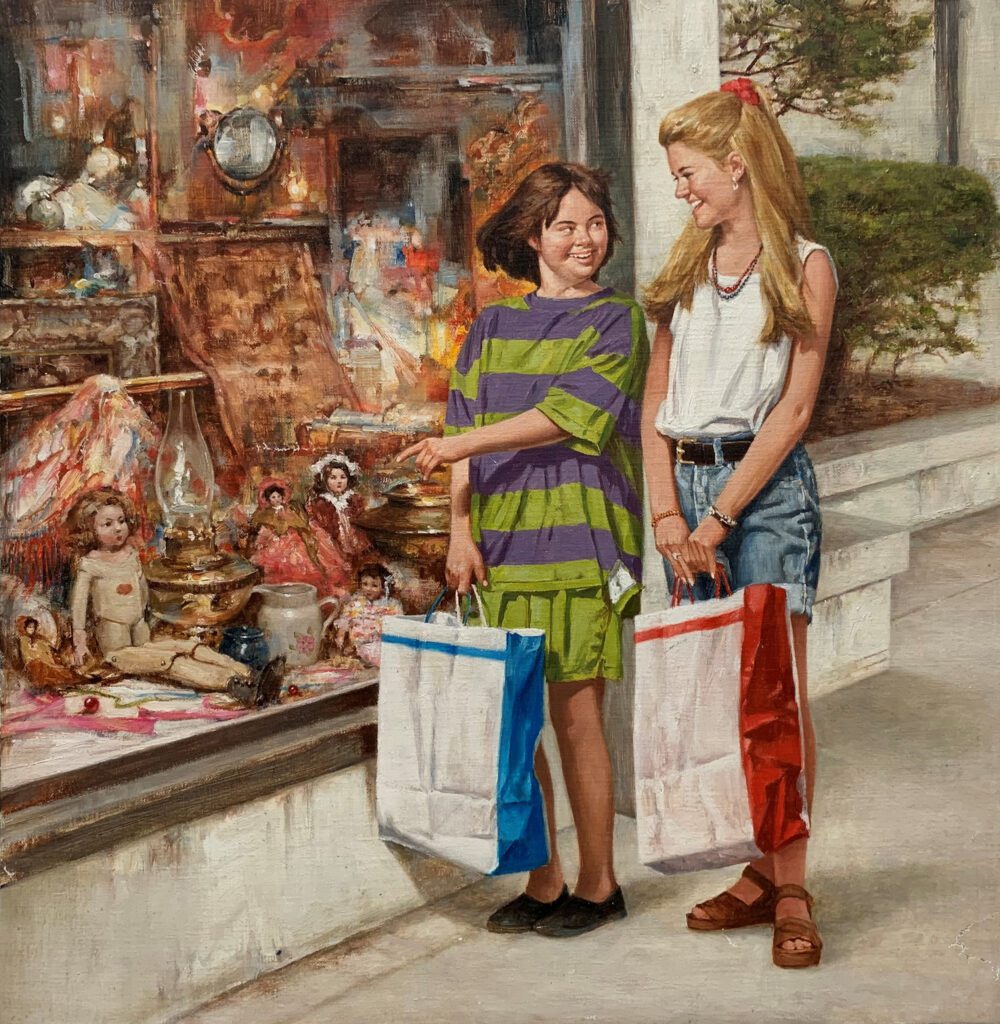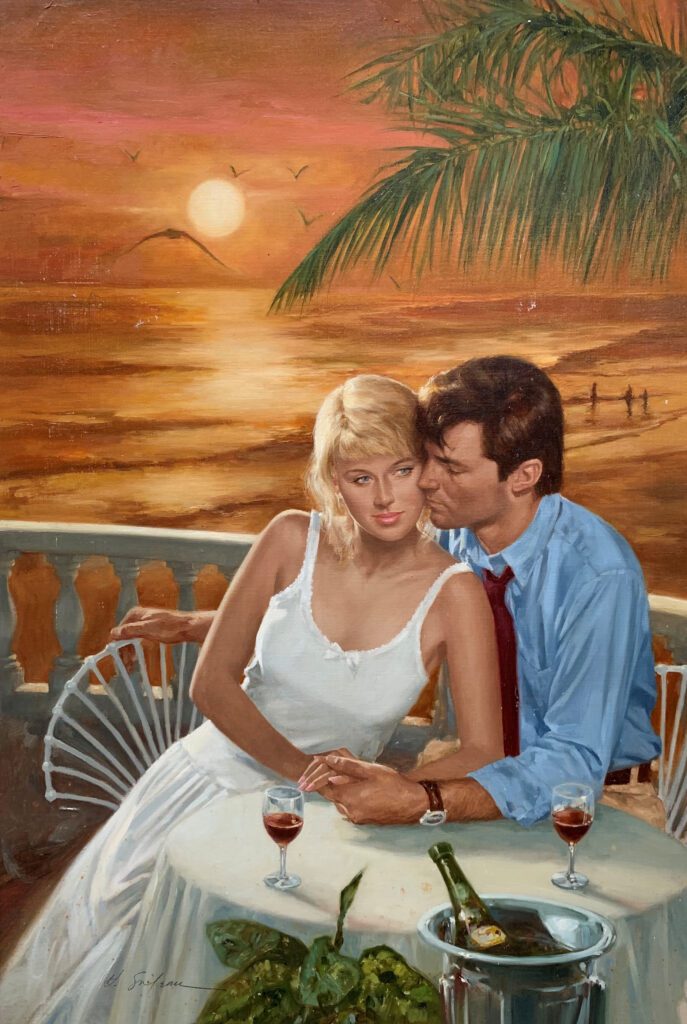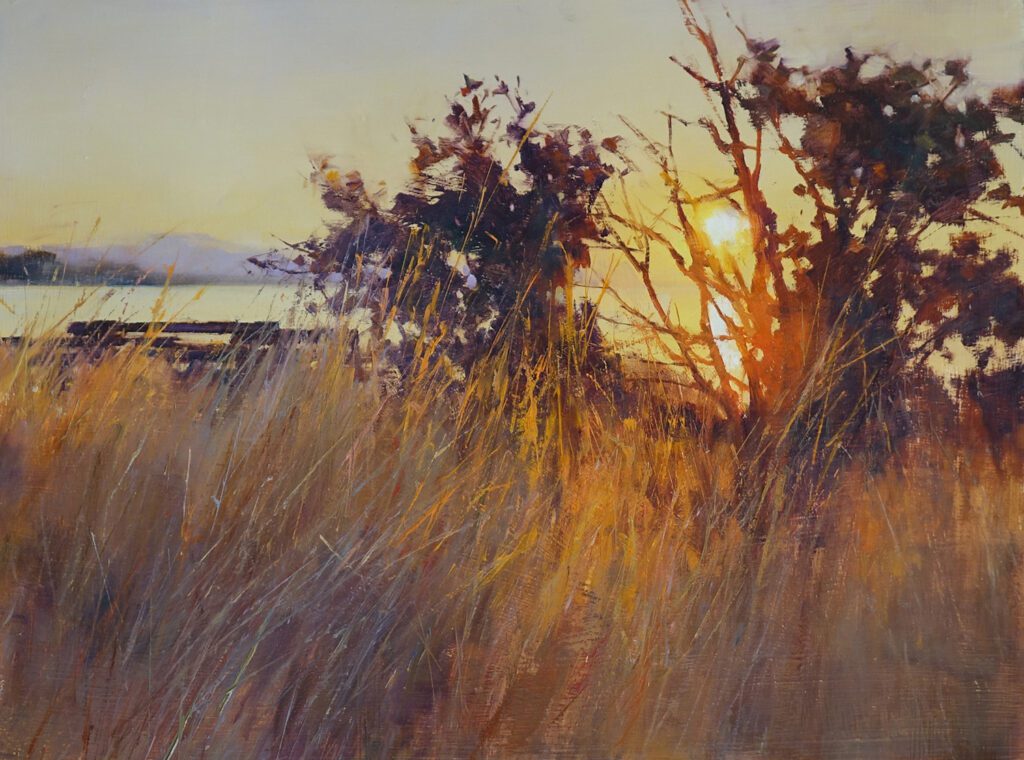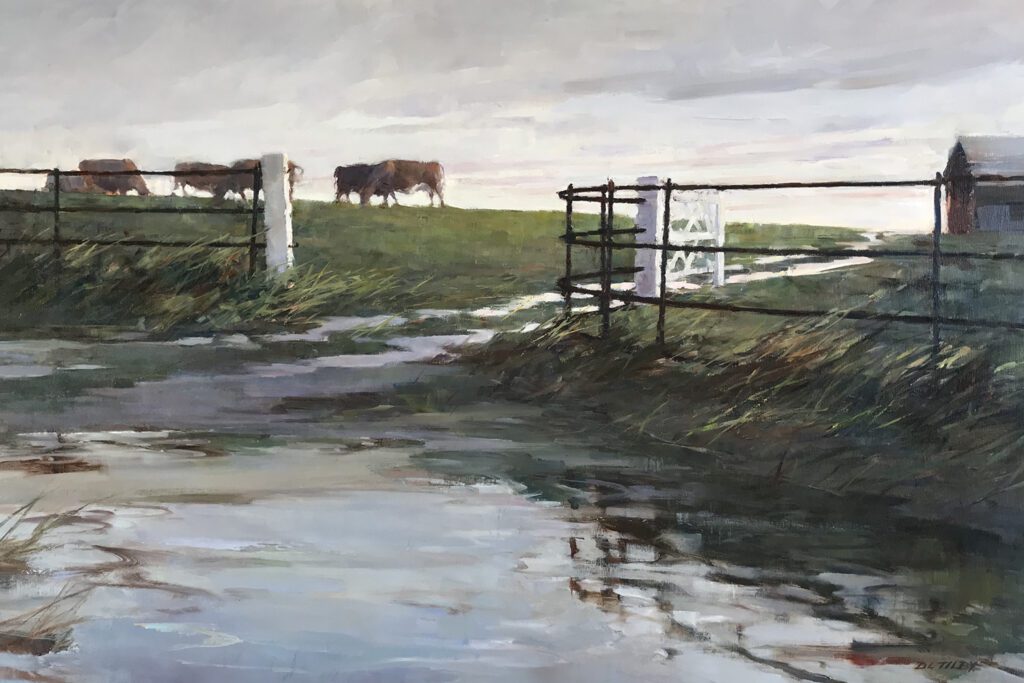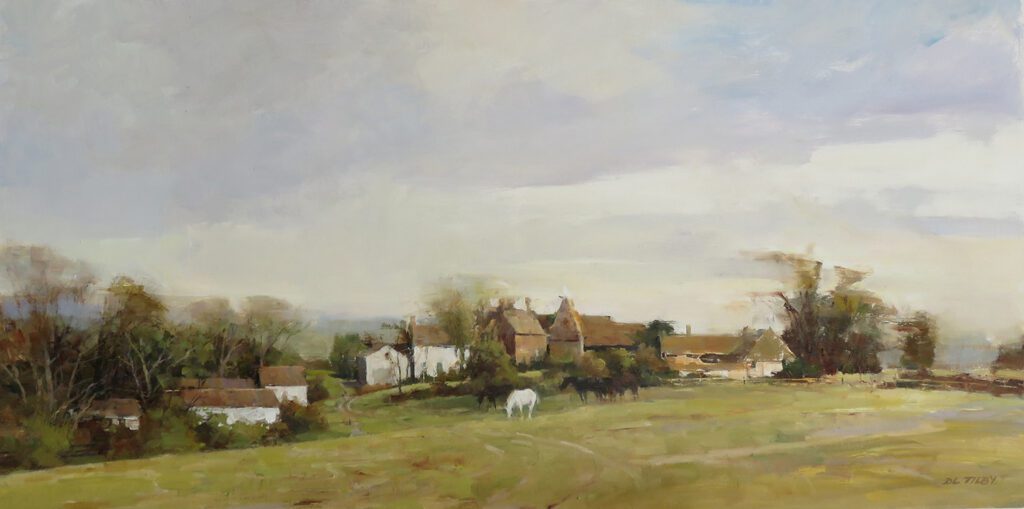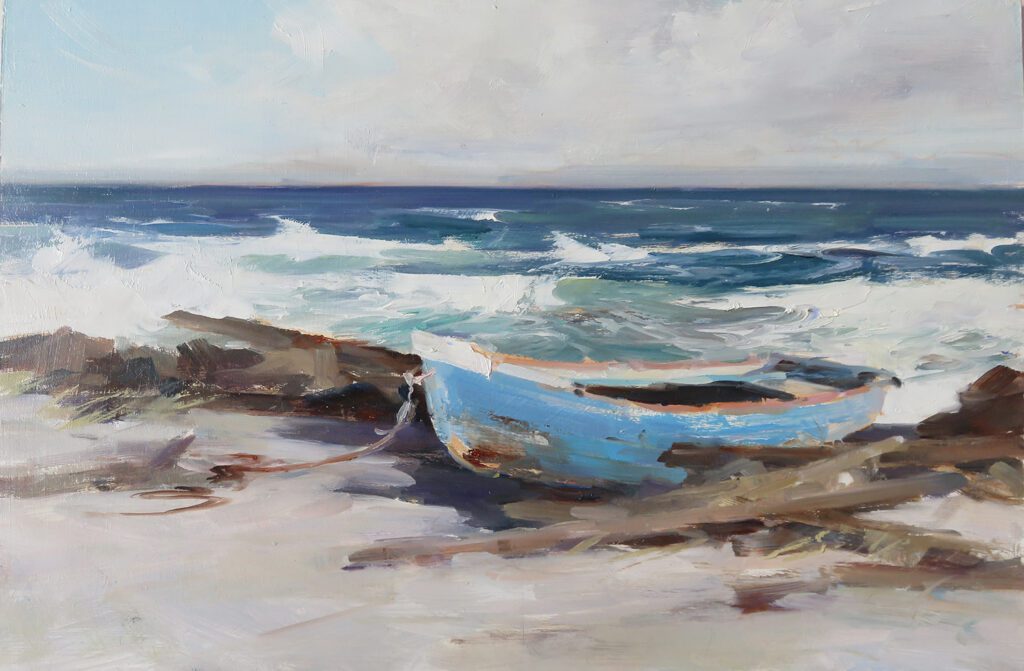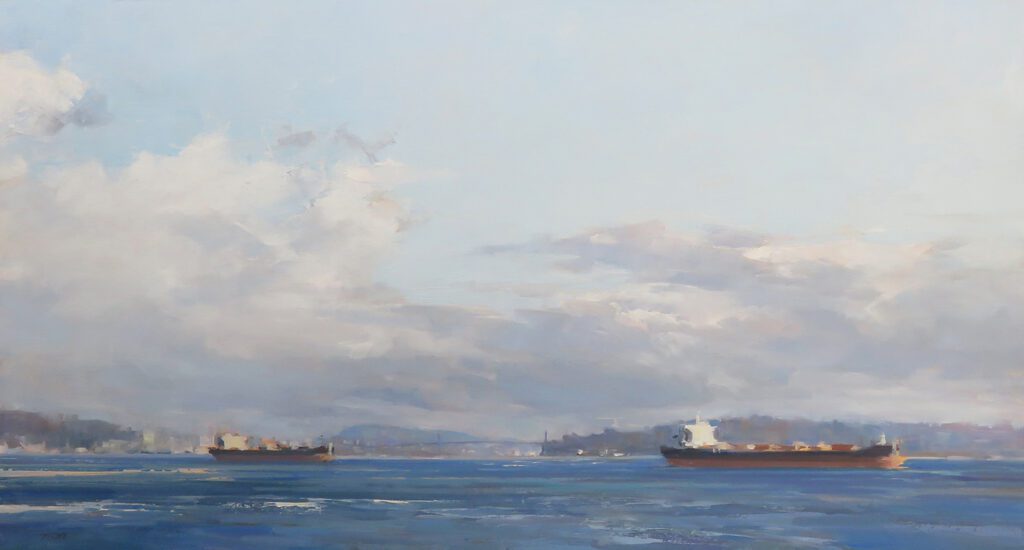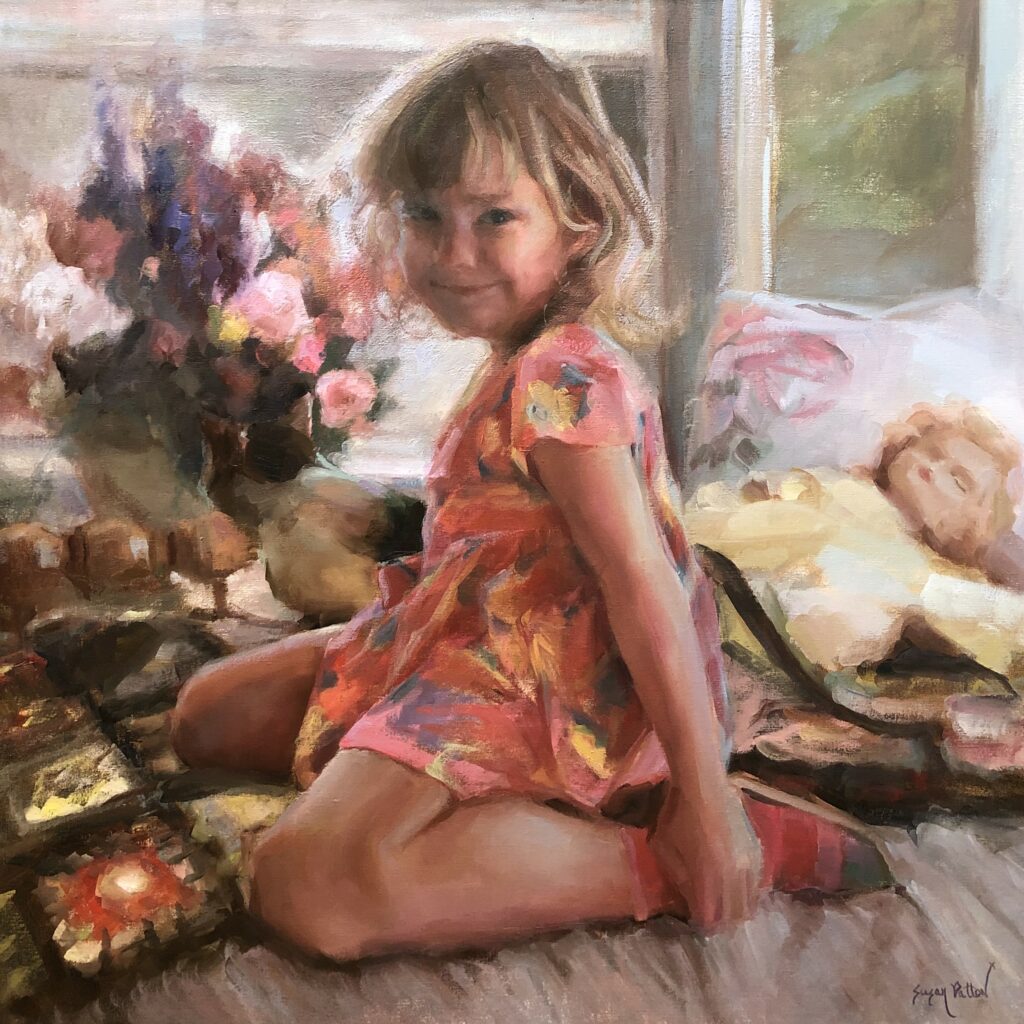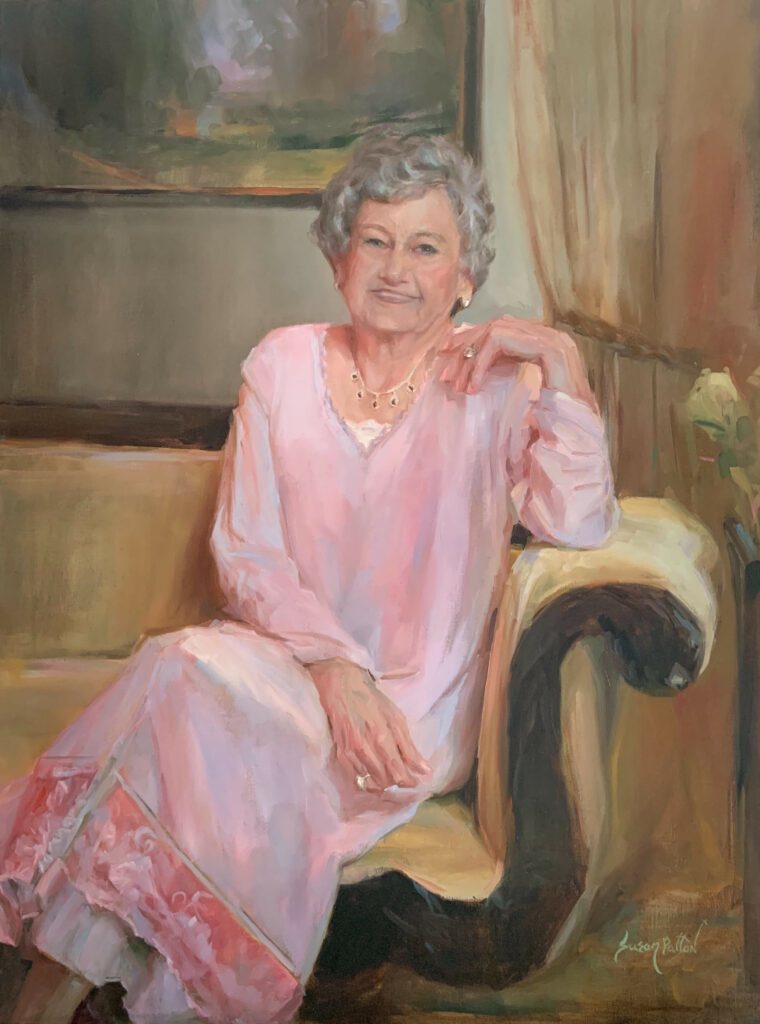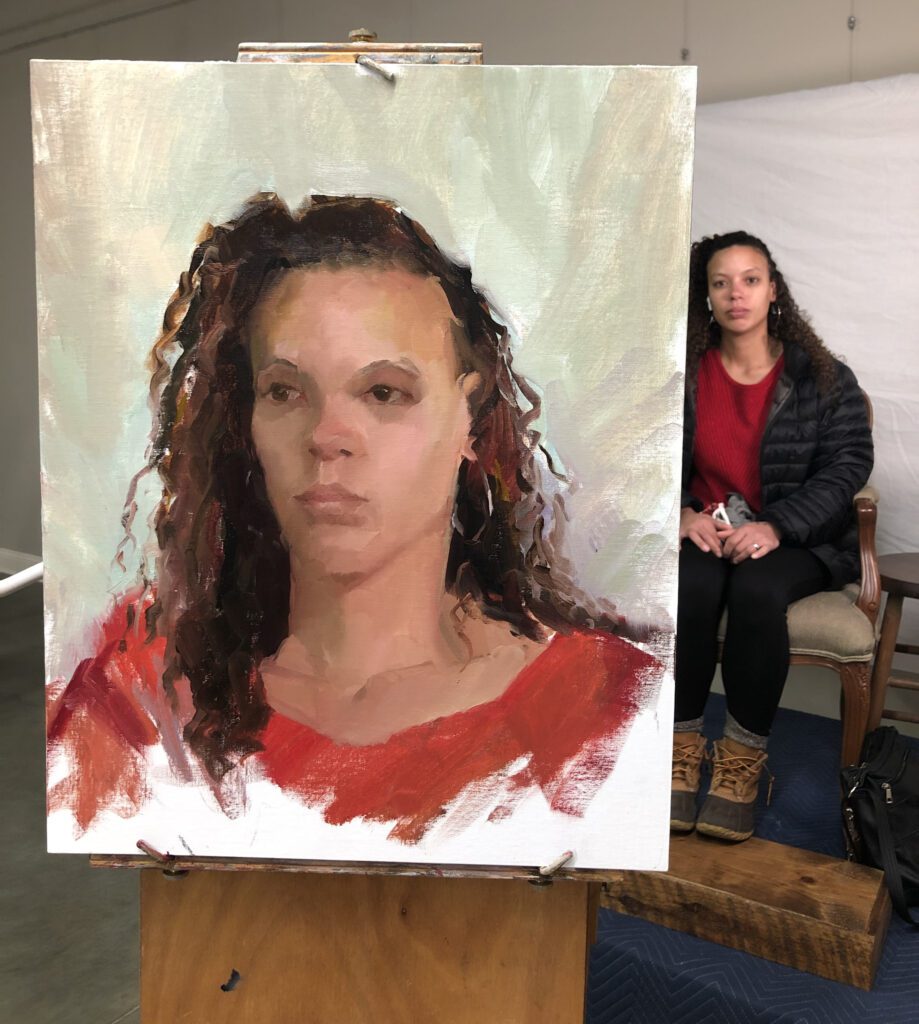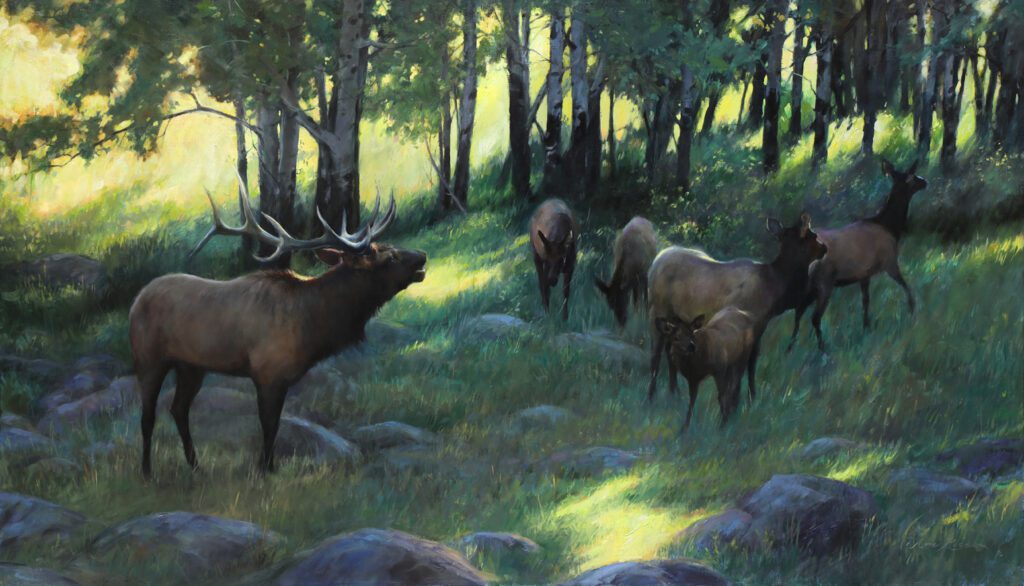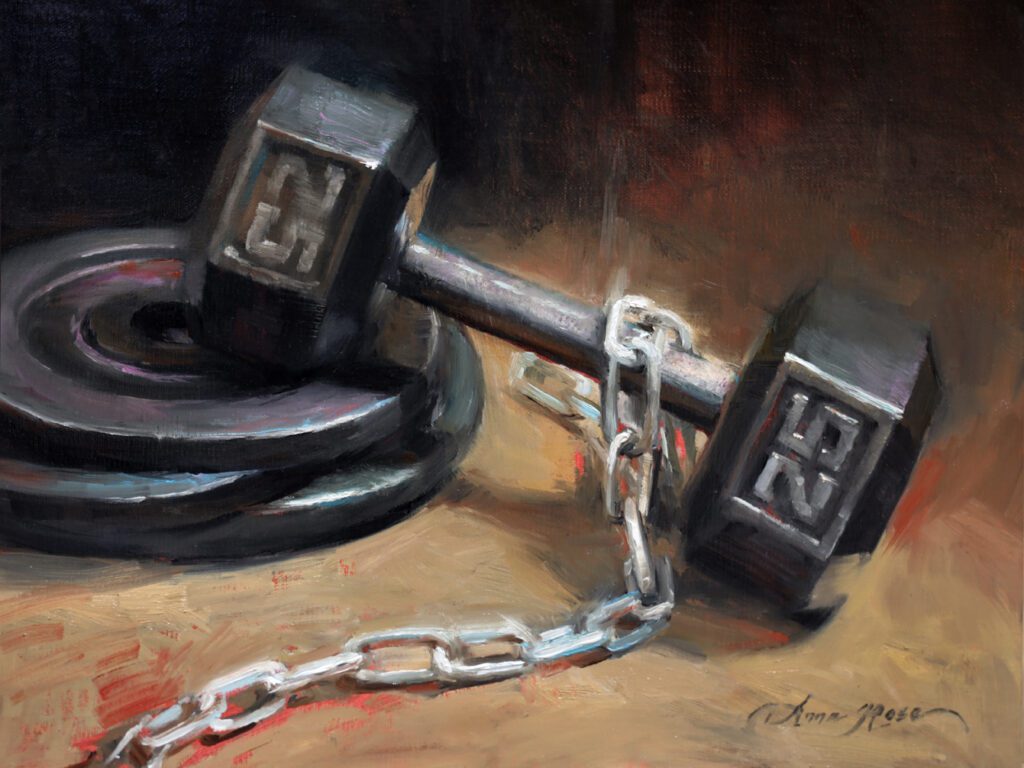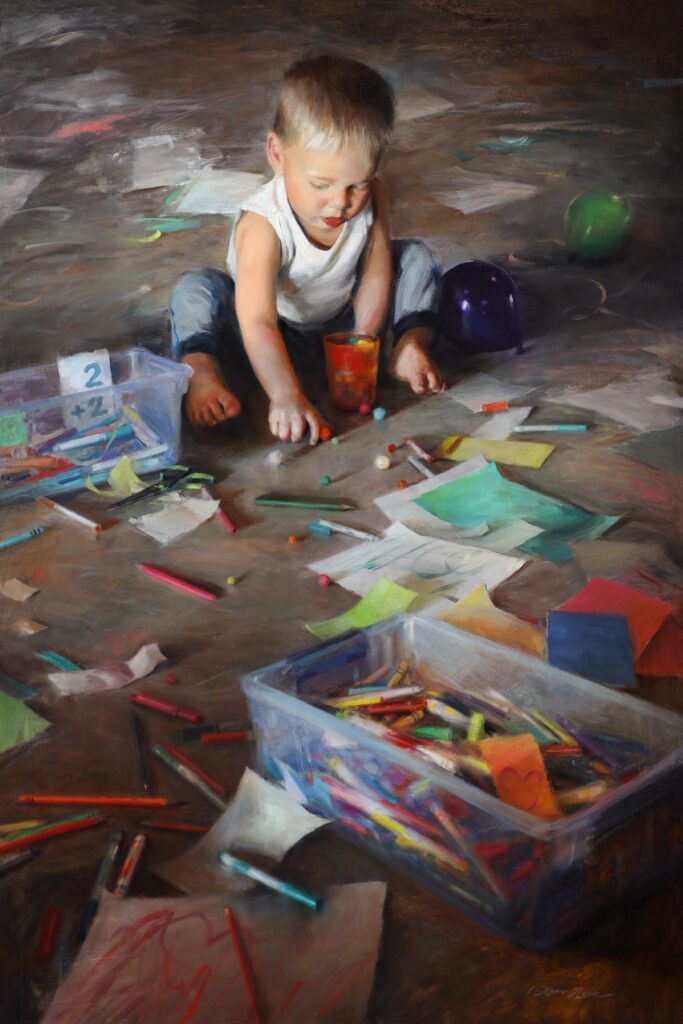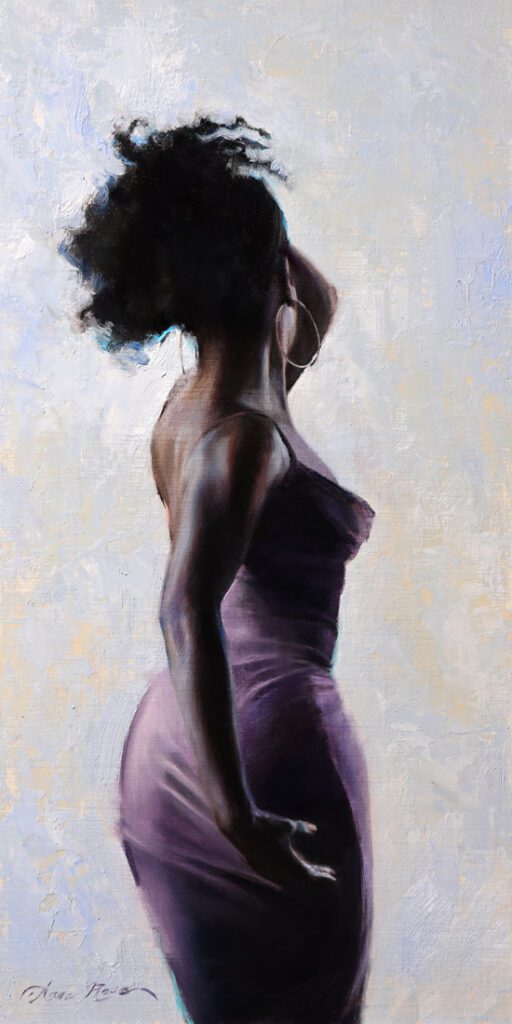So you want to be an artist? Go sit at your palette, wear old shabby clothing, wear a beret, live in a romantic studio hideaway and wait to be discovered. Hollywood has created a stereotype of the tortured creative genius that once found, is instantly successful. An outlier endowed with rare creative talent who only produces masterpieces. Artists are magicians, creating without stress, worry or failure.
I can remember my parents saying it was fine that I wanted to go to art school, but I had better have a backup plan and also get certified to teach. I did get certified, and upon graduating with a BFA I went straight into a marketing job. But, I continued to paint in every free moment after work, while raising kids. More importantly, I took workshops from some of the best artists in the nation. I have grown more from workshops post-art school, then I did from art school itself. But I did learn one of my most valuable lessons about perseverance from offhand comments made by an art school professor.
The professor looked around the room and bluntly stated that most of the people in the class would drop art as soon as they graduated and go onto something more lucrative. He stated it was rare to continue on as an artist. He said it took dedication and the persistence to be motivated enough to plow through the difficulties. He said for most, life would get in the way, as would the need for a steady income. Talk about a downer! It was a shocking revelation that none of us wanted to hear. And, I must say, many of these art students were incredibly creative and skilled. His statements were a challenge to me that I have never forgotten.
As artists we know the truth. It takes much more than magic and acting like a Hollywood stereotype to become successful. Few people, if any, are born exceptional painters. Most must put in a lot of hard work. It takes pushing though many failures and the courage to keep taking risks and trying new things. There are no shortcuts to success – with possibly the exception of training with accomplished artists willing to share their expertise. I would like to tell that professor, I am still here! I am working to improve my art by constantly learning.
I am so very grateful to those artists who share their knowledge through teaching. I have taken multiple workshops over the years with many recognized names. Most have been more than generous in passing on their knowledge. I have gained valuable insight from every class I’ve taken and added to my skill set. I have learned that after the workshop, practicing what I’ve learned is critical to becoming a better painter. Often, there’s a struggle before there’s a leap forward in my ability. I know I still have much to learn because my abilities are always a few paces behind my vision. For me, learning will never end.
Good art does not come easy. And good artists usually do not think they are “good enough”. Maybe that’s imposter syndrome. Entering juried shows can help an artist gauge his/her progress. It can be nerve-wracking to enter competitions and put your work out there. As artists we put not only time and expensive materials, but heart and soul in our work. Putting our art in front of the public asks for judgement we may not want to hear. But I’ve found that entering juried competitions both locally and nationally has given me a benchmark to measure my skill set and see if my work is “good enough”. It took me a while to have the courage to enter national competitions and I’m glad I did. I encourage my students to do the same with their best work, because sometimes they just don’t see what they are doing right.
Once I started getting into juried shows I was hooked. I always say that artists are the worst gamblers. We pay the entrance fees, roll the dice and hope for the thrill of the green checkmark. And despite the results, we keep coming back for more! We continually kick each other up the ladder to improve our art. I believe that the competition pushes us to be better.
By analyzing my work against work in exhibitions, whether my work was accepted or not, I can observe how to improve, find a different point of view on a subject, or see an approach that I might not have thought to try. And that may be the best lesson of all. Yes, it’s a gamble to put work out there to see how it rates against the best of the best. But when a painting is accepted it’s the sweetest reward to hard work, and it has nothing to do with magic. The magic and the gamble is moving on to work on what my next painting will be – in my mind’s eye it is always going to be my magnum opus – perhaps a masterpiece.
